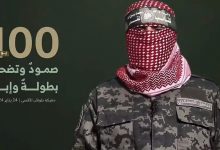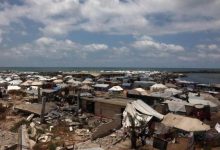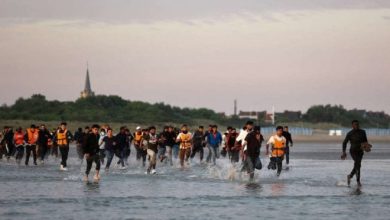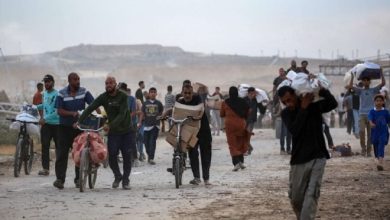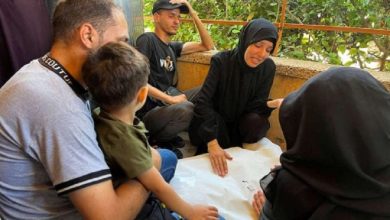Unveiling the ‘Duck Hunting’ Strategy: Gaza’s Resilience and Israel’s Strategic Setback
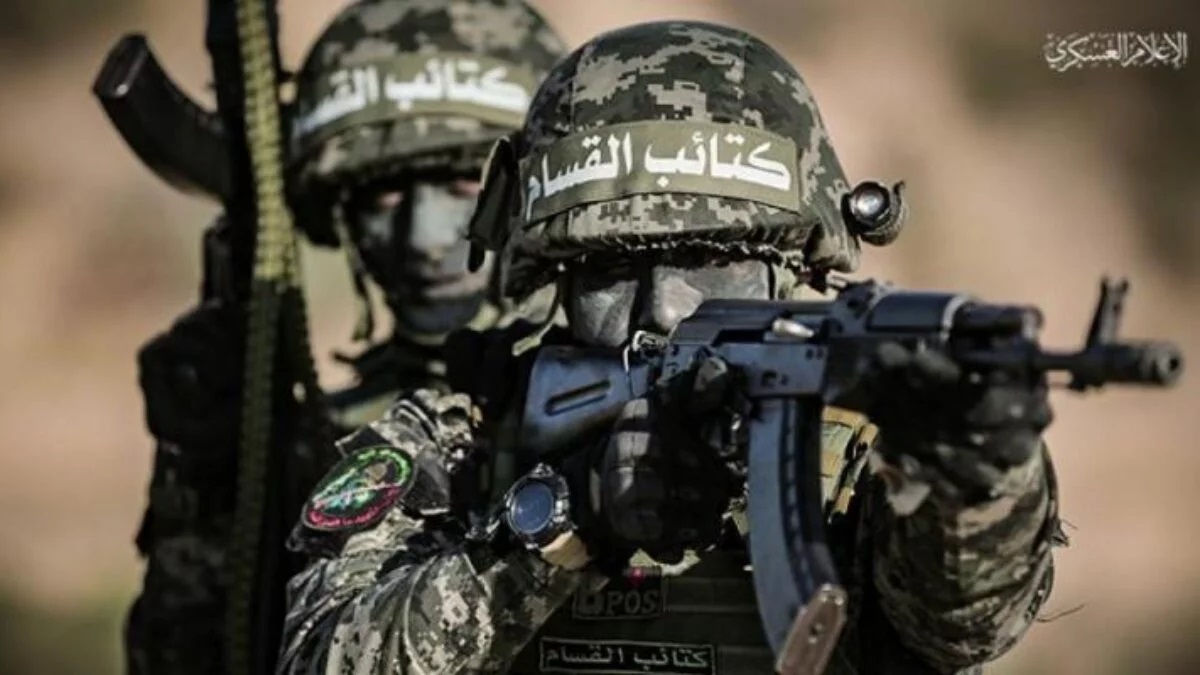
Watan-A lengthy report on the “Al Jazeera Net” website sheds light on a statement made in one of the speeches by the military spokesperson of the Qassam Brigades, Abu Ubaida. The statement is “Duck Hunting,” and it summarizes the general strategy of the resistance, which is based on resilience in the field, draining the Israeli army, inflicting significant losses in equipment and personnel, exposing its brutal practices, and psychologically and politically pressuring the Israeli society through the issue of prisoners and casualties.
The report also highlights the openness, on the other hand, to any ceasefire or cessation of hostilities, as well as the release of prisoners and detainees under appropriate conditions.
Abu Ubaida recently stated that the Qassam fighters hunt down the occupation soldiers like ducks in a field. He emphasized that the officially announced numbers of casualties and injuries by the occupation army are entirely untrue. He added that the observations and accounts of their fighters killing and confronting enemy infantry document multiples of the announced enemy casualties.
Within the context of psychological warfare, Abu Ubaida referred to “duck hunting” as a symbol of the significant drain on Israel militarily, economically, and politically, despite the term strongly denoting the large number of Israeli soldiers killed.
As it failed to achieve its objectives on the ground in response to the strategic defeat it suffered since the “Al-Aqsa Flood” day, Israel continues to stumble politically and militarily in the Gaza Strip, spanning from its southern to northern regions, after about two and a half months. It continues to incur significant losses, while the repercussions of its “strategic defeat” unfold in the city of Gaza and its residents. More than 19,000 civilians have been killed due to unprecedented brutality. However, wars, according to military concepts, are not only decided by killing and destruction.
The report, authored by the political analyst “Zuhair Hamdani,” pointed out that the resistance understands that Israel is not prepared for prolonged wars, substantial losses, and continuous general mobilization. Furthermore, Israel is also not ready for street wars and direct confrontations.

